With rockets, planes, balloons, sound recordings or behavioral observations, the Total solar eclipse which can be seen in North America on Monday, April 8, will be followed with an unprecedented level of detail.
Although a total solar eclipse occurs somewhere on Earth every 18 months, this year’s is particularly special because of the large swath of populated territory it will traverse, allowing around 31 million people to view it.
LOOK: What is a total solar eclipse like the one that will be seen in Mexico, the USA and Canada and what other types of eclipses exist
From the Mexican city of Mazatlán on the Pacific coast to the Canadian east coast of Newfoundland, the Moon will perfectly block the Sun and cast its shadow on the ground, turning day into almost night.
This phenomenon that fascinates people so much is also a valuable source of information for scientists, who are preparing numerous experiments to observe an eclipse that is unique in its characteristics, as it will double in time and have a much broader trajectory than the one that occurred. in 2017.
Here we tell you what six of these investigations will be like and which ones you can take part in.
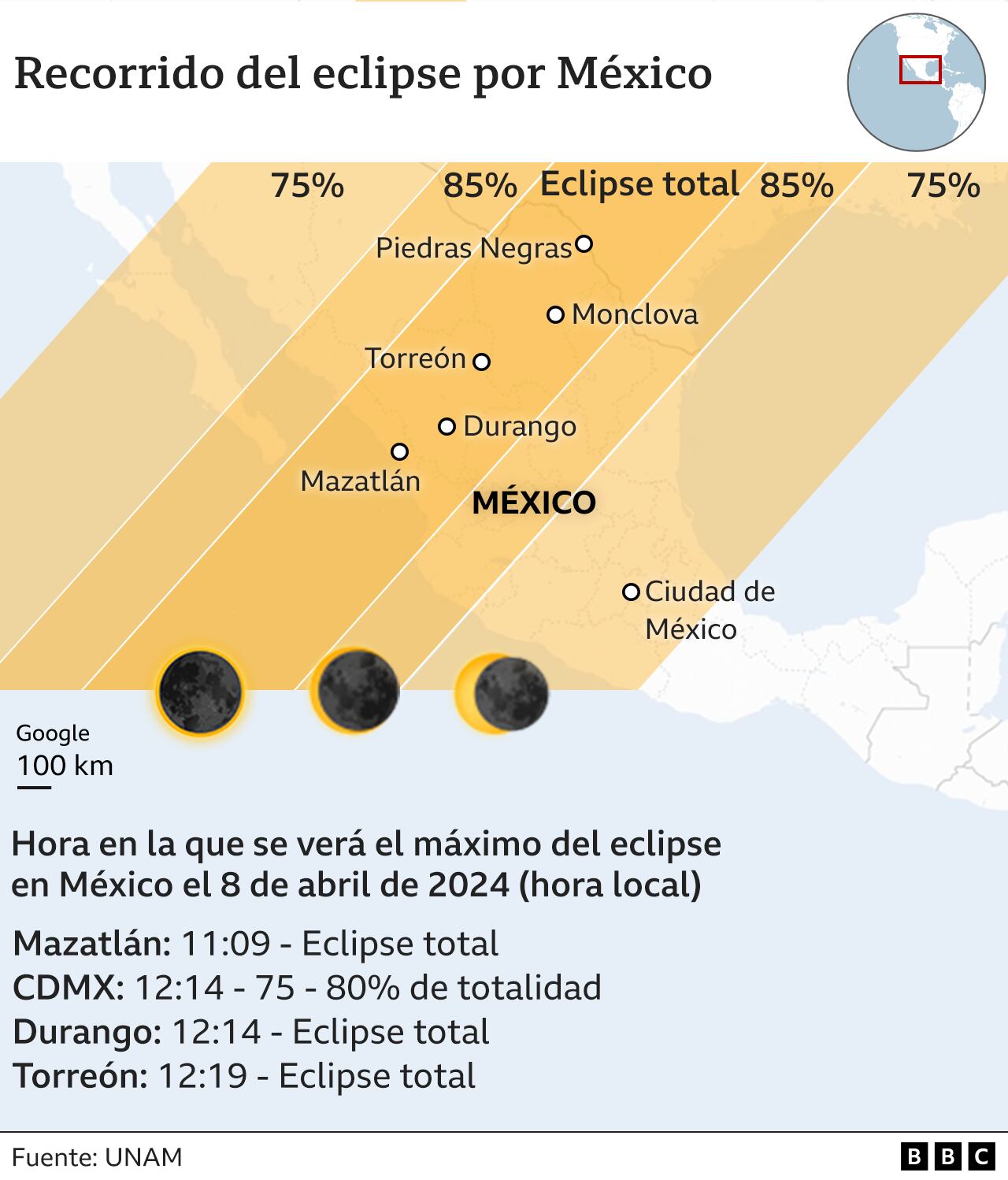
The reaction of animal life
Adam Hartstone-Rose of North Carolina State University is leading a project to study how wildlife reacts to the eclipse.
In 2017, he sent teams of researchers to different zoos located in the path of the total eclipse and was able to observe different types of behavior.
A group of gorillas, for example, went out for dinner because they thought it was dark, giraffes began galloping, and a group of Galapagos tortoises became more active until “right at the height of totality,” they began mating.”
“It’s something we can’t explain and maybe it was something specific.”Hartstone-Rose acknowledged. “This time we will observe more turtles,” he added.
In addition to her research, Hartstone-Rose is asking the general public to conduct their own studies of animal behavior, whether by observing pets or nearby wild animals, and upload their observations to the Internet.

Soundscapes Project
Another study that will focus on animal behavior is the one led by Trae Winter, at the Advanced Research Laboratory on Steam Inclusion and Accessibility (Arisa), in Massachusetts.
Under your responsibility will be the Eclipse Soundscapes Project from NASA, which will use small, phone-sized devices equipped with microphones, called AudioMoths, to listen to the sounds of nearby animals.
Hundreds of volunteers will place the devices along the path where the eclipse will reach totality, allowing Winter and her team to hear how different animals react. both the decrease in light during totality and the associated decrease in temperature about 5.5°C.
“It’s a multi-sensory experience,” said Winter, who explained that the study will look at several types of animals, from crickets to humans.
“I look forward to hearing from many humans experiencing an eclipse for the first time and the excited sounds they make,” says Winter.
Atmospheric disturbances in the path of the eclipse
Not everyone who studies the eclipse will be able to witness it. When the Moon crosses the Sun, Aroh Barjatya of Embry Riddle Aeronautical University in Florida will be hundreds of miles from where it will be seen in its entirety, at NASA’s Wallops Flight facility in Virginia.
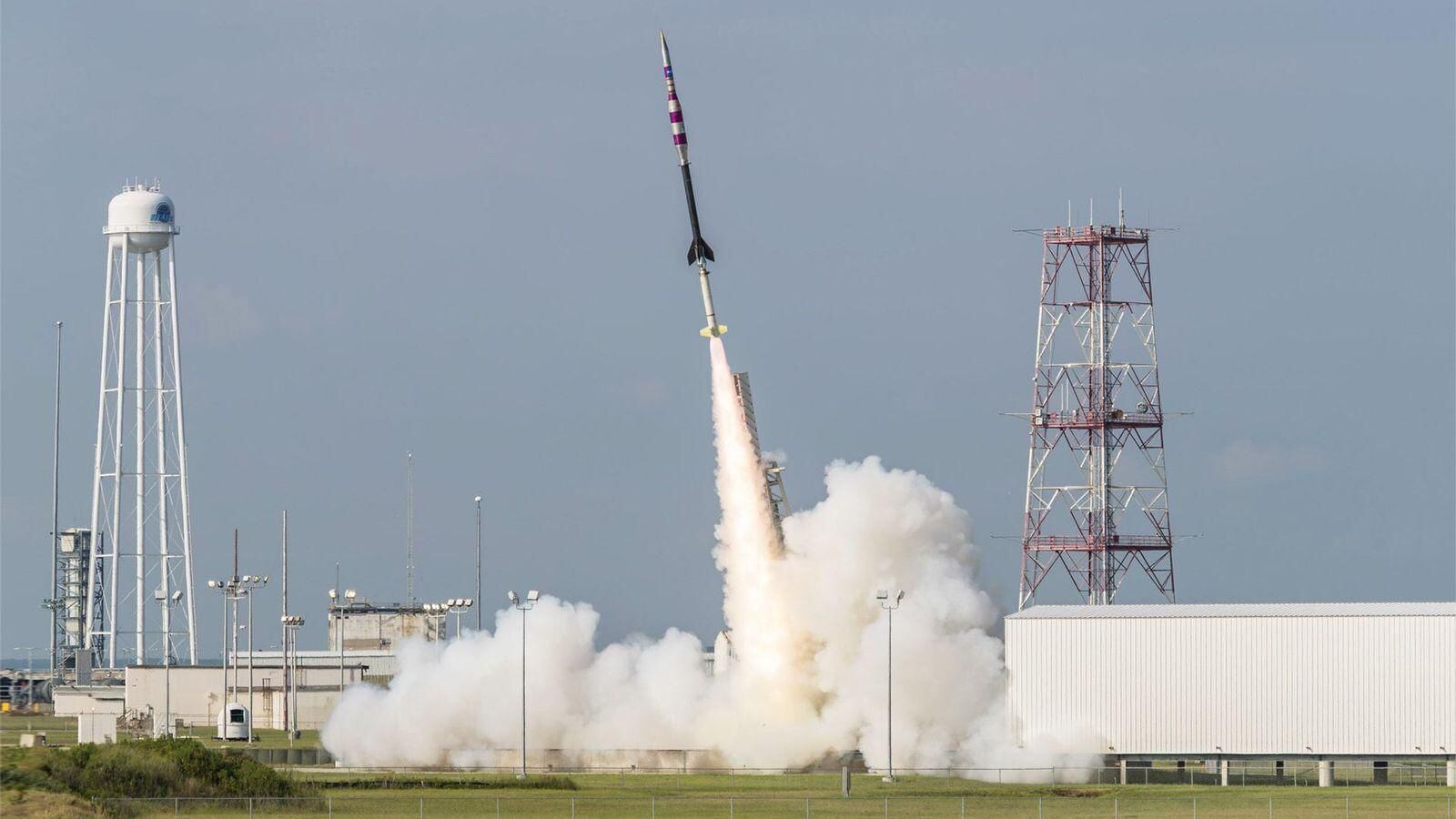
There you will be in charge of a unique experiment consisting of launch three sounding rockets to an altitude of 420 km before, during and after the eclipse observe possible changes in the atmosphere and, more specifically, in the ionosphere.
Ionospheric fluctuations outside of an eclipse can affect satellite communications, so an eclipse offers a rare opportunity to study these changes in more detail.
Eclipse megafilm project
It’s no surprise that in an age of smartphones and digital devices, the 2024 eclipse will become one of the most photographed events in history.
And to take advantage of this effort, Laura Peticolas, from Sonoma State University (California), asks everyone who wants to participate in her project Eclipse Megafilmwhich aims to bring together hundreds of images about the entirety of this natural phenomenon in a single film.
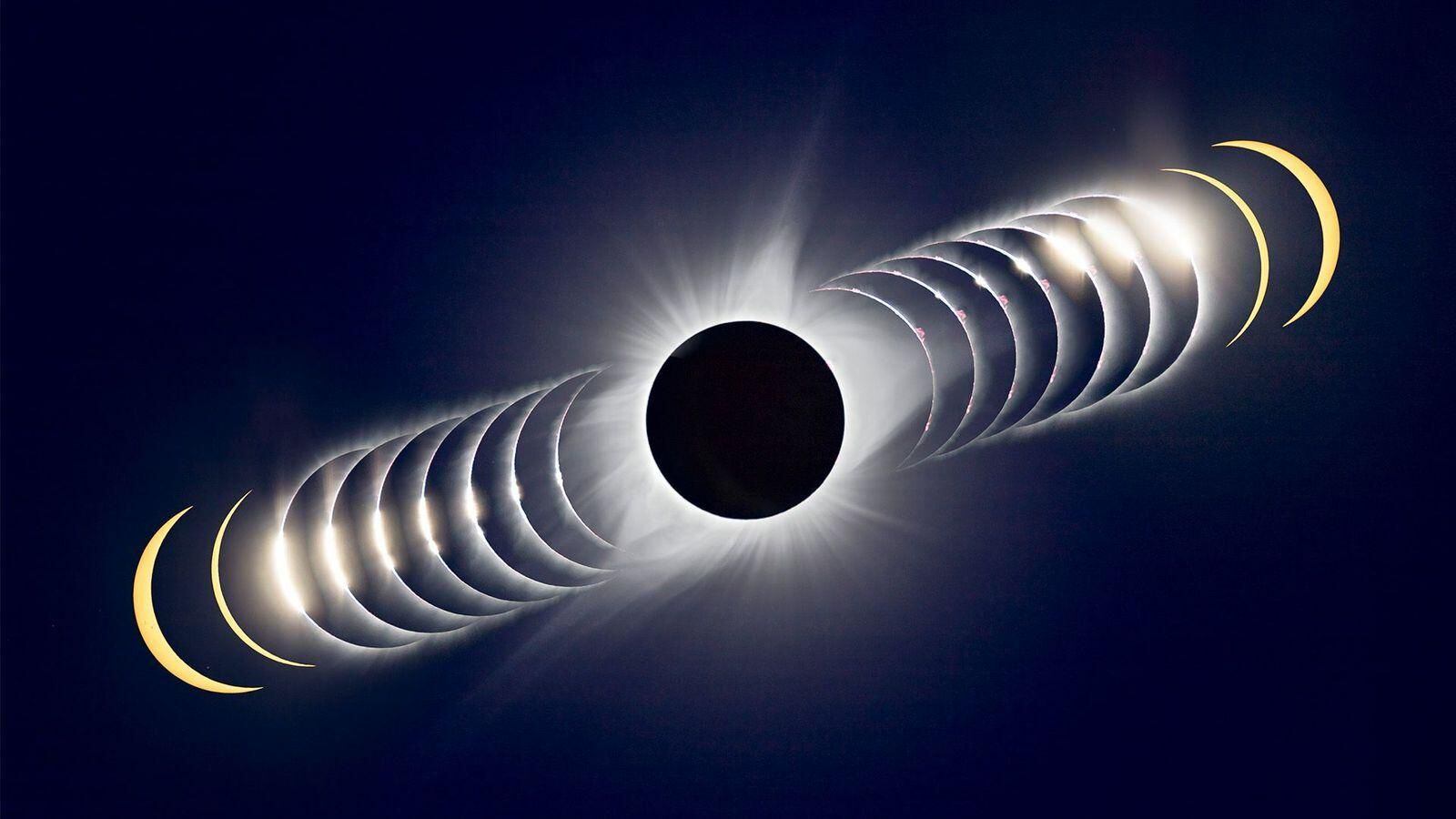
Peticolas carried out the same project in 2017, but noted that “it was not as beautiful as we imagined” due to the lack of images.
The hope is to have more images to achieve a much more polished product. which can reveal features of the solar coronalike jet-like ejections of hot plasma that shoot around the Moon, and watch their evolution as different people take images along the trajectory.
This year should be particularly special because the Sun is heading towards its period of maximum activity, called solar maximum, which occurs in an 11-year cycle for reasons that are not yet fully understood.
“I expect about 500 volunteers to upload their images,” Peticolas said.
NASA WB-57 aircraft solar corona study
For many people on the ground, the weather can be a crucial factor in whether or not they see the totality of the eclipse, as cloud cover always threatens to spoil the view of the Sun.
One way to avoid this is to be higher than the clouds, as NASA will do, which will take to the skies with two of its WB-57 aircraft.
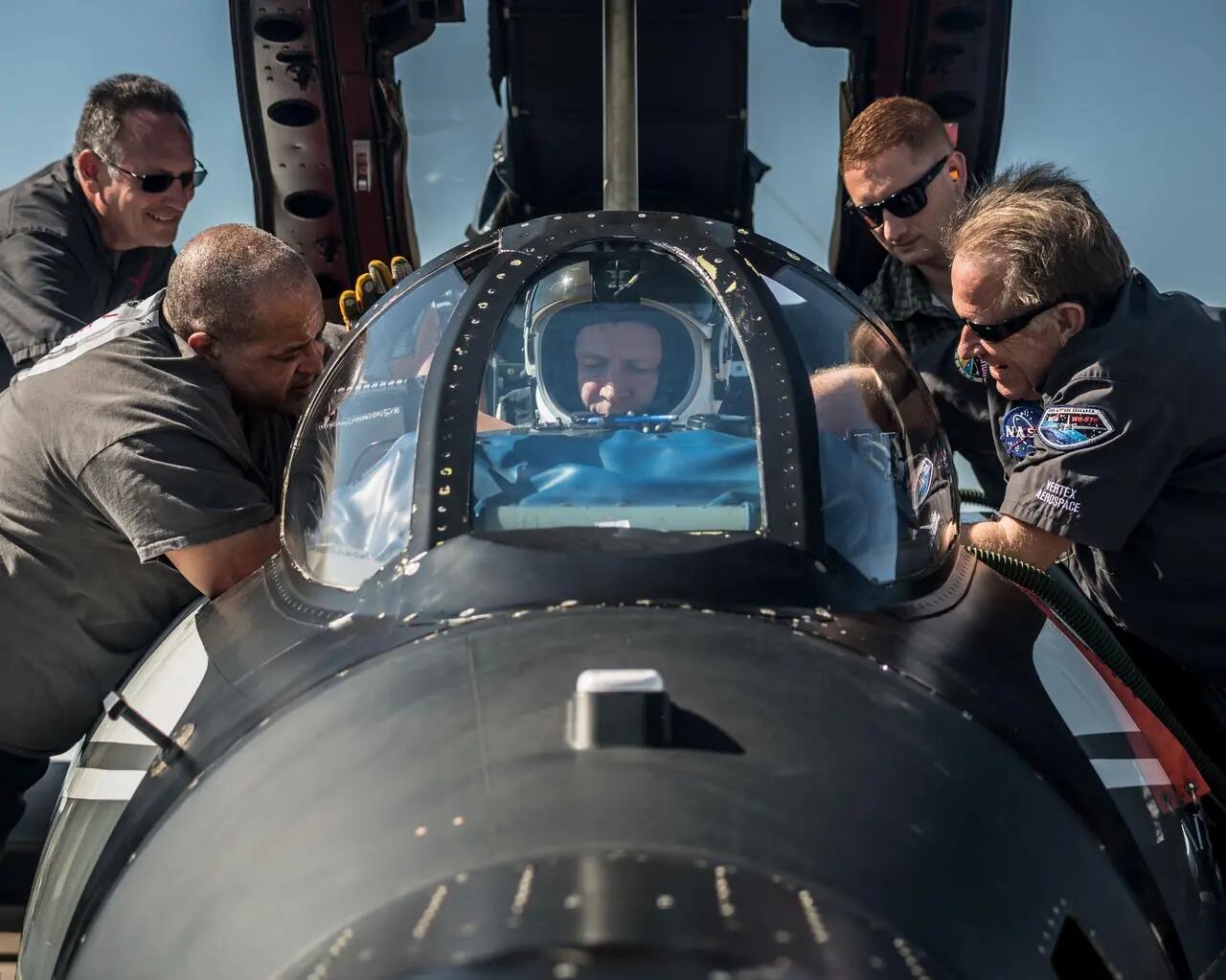
Flying 15 km high, the planes will follow the path of totality off the coast of Mexico, experiencing around seven minutes of darkness, and will be equipped with instruments to study the Sun.
Leading one of the experiments is Amir Caspi of the Southwest Research Institute in Colorado, who will use an infrared camera aboard one of the planes to study the solar corona.
One of the main mysteries of the corona is that it reaches millions of degrees in temperaturecompared to 5,000 °C on the surface of the Sun, for reasons that cannot be fully explained.
Caspi believes there may be a relationship between the Sun’s plasma ejections, called prominences, and the corona itself. These prominences reach 30,000 °C, much colder than the corona, but can emit with the same intensity in the infrared.
“We are trying to answer what this emission contributes to,” says Caspi. One answer could lie in the way magnetic fields on the Sun’s surface twist and turn.
Balloons for the Eclipse
If rockets and planes weren’t enough, Montana State University’s Angela Des Jardins will lead 53 teams of students from across the United States who will send about 600 balloons into the atmosphere as part of the National Eclipse Balloon Project.
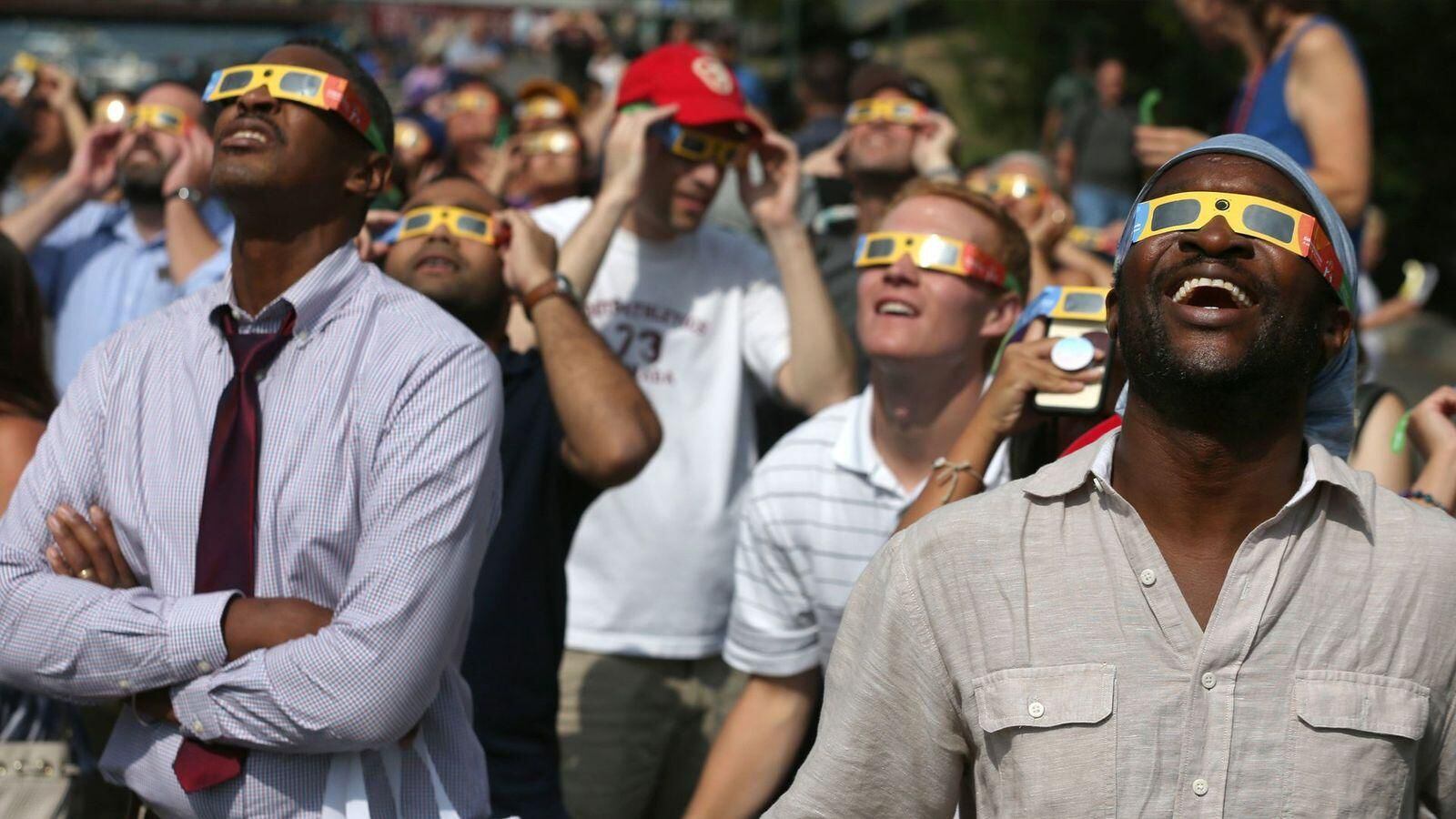
The balloons, which will reach 35 km in height, will use instruments to observe how Earth’s atmosphere and climate react to changing eclipse conditions.
Some of the instruments will study gravitational waves, while others will measure humidity, wind direction and speed to monitor any changes caused by the eclipse.
“Having 600 balloons flying and measuring the atmosphere is a wonderfully rich source of data,” says Des Jardins.
Some balloons will also incorporate onboard cameras to broadcast the eclipse live.
This article was published on BBC Future. You can read the original version in English here.
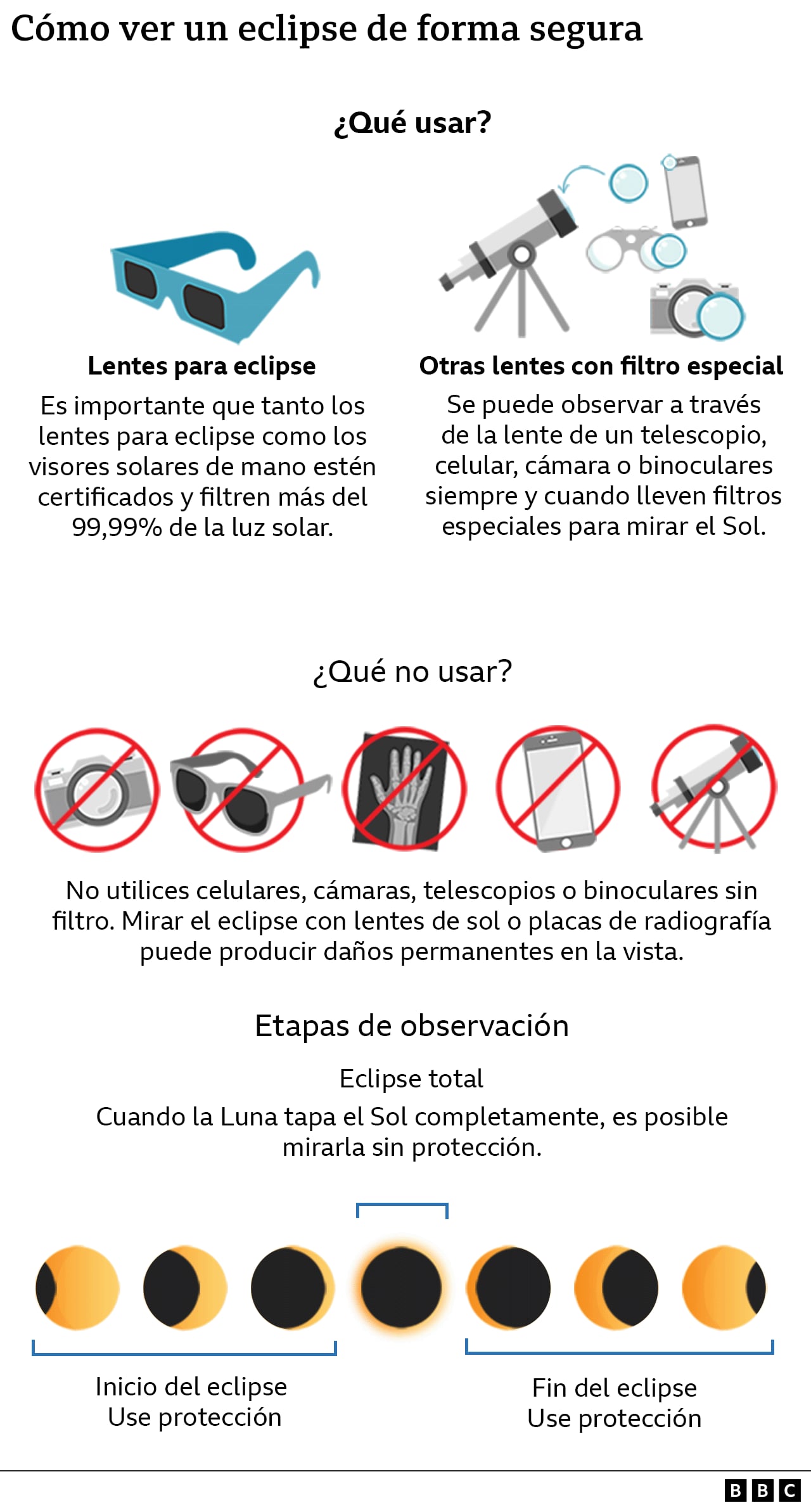
Source: Elcomercio
I am Jack Morton and I work in 24 News Recorder. I mostly cover world news and I have also authored 24 news recorder. I find this work highly interesting and it allows me to keep up with current events happening around the world.

:quality(75)/cloudfront-us-east-1.images.arcpublishing.com/elcomercio/CFMGNEKX3ZFZ5NGELMQJIISZP4.jpg)

:quality(75)/cloudfront-us-east-1.images.arcpublishing.com/elcomercio/46T6IPFMYJE4FASQSIEJG4ENZI.jpg)

:quality(75)/cloudfront-us-east-1.images.arcpublishing.com/elcomercio/3FPN7BXXWRHYFJVRDEXG77LLTI.jpg)

